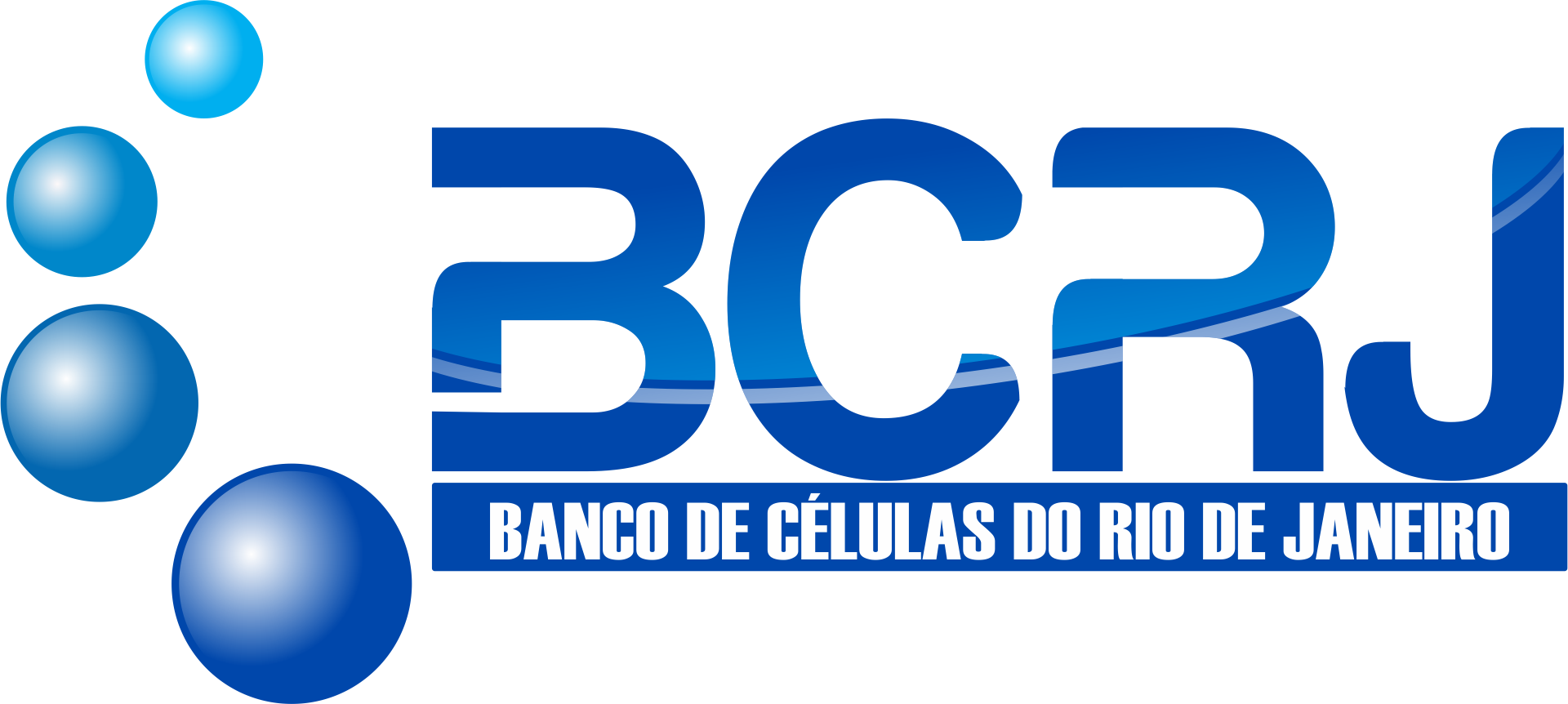| BCRJ Code | 0152 |
| Cell Line | M1/70.15.11.5.HL |
| Species | Rattus norvegicus (B cell); Mus musculus (myeloma), rat (B cell); mouse (myeloma) |
| Vulgar Name | Rat/Mouse |
| Tissue | Spleen |
| Cell Type | Hybridoma: B Lymphocyte |
| Morphology | Lymphoblast |
| Growth Properties | Suspension |
| Derivation | Spleen cells were fused with NS-1 myeloma cells. |
| Applications | The antibody precipitates two polypeptides of 190000 and 105000 daltons, binds to human monocytes, polymorphonuclear leukocytes and a small population of lymphocytes. |
| Products | immunoglobulin; monoclonal antibody; against mouse macrophage, granulocyte (Mac-1, alpha chain) |
| Biosafety | 1 |
| Addtional Info | Animals were immunized with C57BL/10 mouse spleen cells enriched for T lymphocytes. Spleen cells were fused with NS-1 myeloma cells. Mac-1 is a mouse macrophage differentiation associated with type three complement receptor (CR3). The antigen is expressed in large amounts on thioglycollate induced peritoneal exudate macrophages and in lesser quantities on neutrophilic granulocytes, blood monocytes. 8% of spleen cells, 44% of bone marrow cells and less than 0.3% of thymus cells react with the antibody. The antibody precipitates two polypeptides of 190000 and 105000 daltons, binds to human monocytes, polymorphonuclear leukocytes and a small population of lymphocytes. The antibody is capable of both natural killing and antibody dependent cellular cytotoxicity. |
| Culture Medium | Dulbecco's Modified Eagle's Medium (DMEM) modified to contain 2 mM L-glutamine, 4500 mg/L glucose and fetal bovine serum to a final concentration of 10%. |
| Subculturing | Cultures can be maintained by the addition of fresh medium or replacement of medium. Alternatively, cultures can be established by centrifugation with subsequent resuspension at 1 to 2 X 10(5) viable cells/ml. Interval: Maintain cell density between 1 X 10(5) and 1 X 10(6) viable cells/ml. |
| Subculturing Medium Renewal | Every 2 to 3 days |
| Culture Conditions | Atmosphere: air, 95%; carbon dioxide (CO2), 5% Temperature: 37°C |
| Cryopreservation | 95% FBS + 5% DMSO (Dimethyl sulfoxide) |
| Thawing Frozen Cells | SAFETY PRECAUTION:
It is strongly recommended to always wear protective gloves, clothing, and a full-face mask when handling frozen vials. Some vials may leak when submerged in liquid nitrogen, allowing nitrogen to slowly enter the vial. Upon thawing, the conversion of liquid nitrogen back to its gas phase may cause the vial to explode or eject its cap with significant force, creating flying debris.
NOTE: It is important to avoid excessive alkalinity of the medium during cell recovery. To minimize this risk, it is recommended to place the culture vessel containing the growth medium in the incubator for at least 15 minutes before adding the vial contents. This allows the medium to stabilize at its normal pH (7.0 to 7.6). |
| References | Springer T, et al. Monoclonal xenogeneic antibodies to murine cell surface antigens: identification of novel leukocyte differentiation antigens. Eur. J. Immunol. 8: 539-551, 1978. PubMed: 81133 Springer T, et al. Mac-1: a macrophage differentiation antigen identified by monoclonal antibody. Eur. J. Immunol. 9: 301-306, 1979. PubMed: 89034 Springer TA. Monoclonal antibody analysis of complex biological systems. Combination of cell hybridization and immunoadsorbents in a novel cascade procedure and its application to the macrophage cell surface. J. Biol. Chem. 256: 3833-3839, 1981. PubMed: 7217058 Sanchez-Madrid F, et al. Mapping of antigenic and functional epitopes on the alpha-and beta-subunits of two related mouse glycoproteins involved in cell interactions, LFA-1 and MAC-1. J. Exp. Med. 158: 586-602, 1983. PubMed: 6193226 Springer TACell -surface differentiation in the mouse: Characterization of Jumping and Lineage antigens using xenogeneic rat monoclonal antibodiesIn: Springer TAMonoclonal AntibodiesNew YorkPlenum Presspp. 185-217, 1980 Zhang L, Plow EF. Overlapping, but not identical, sites are involved in the recognition of C3bi, neutrophil inhibitory factor, and adhesvie ligands by the alpha M beta 2 integrin. J. Biol. Chem. 271: 18211-18216, 1996. PubMed: 8663418 Wilson ME, et al. Local suppression of IFN-gamma in hepatic granulomas correlates with tissue-specific replication of Leishmania chagasi. J. Immunol. 156: 2231-2239, 1996. PubMed: 8690913 |
| Depositors | Banco de Células do Rio de Janeiro |
| Cellosaurus | CVCL_9207 |



